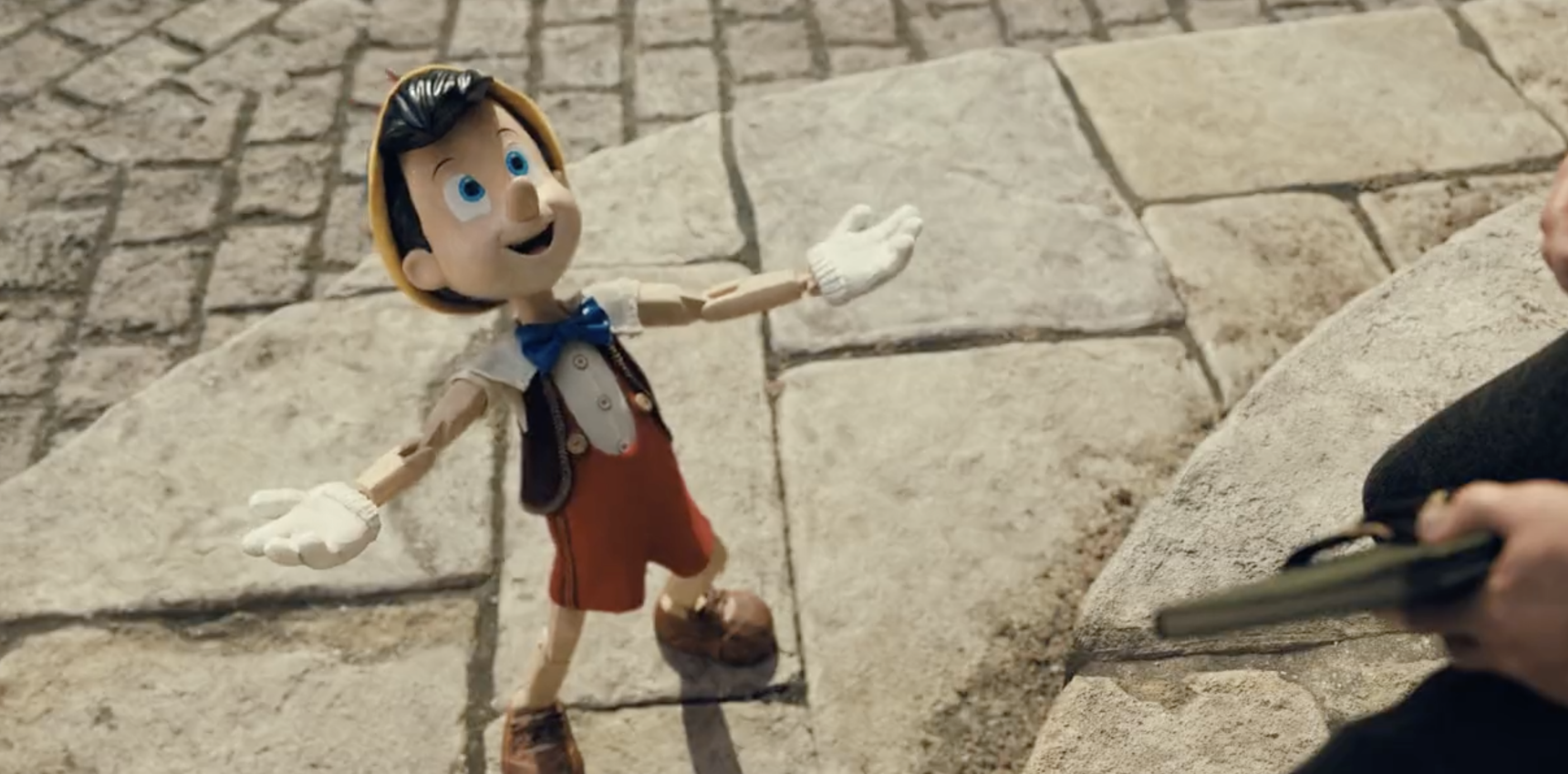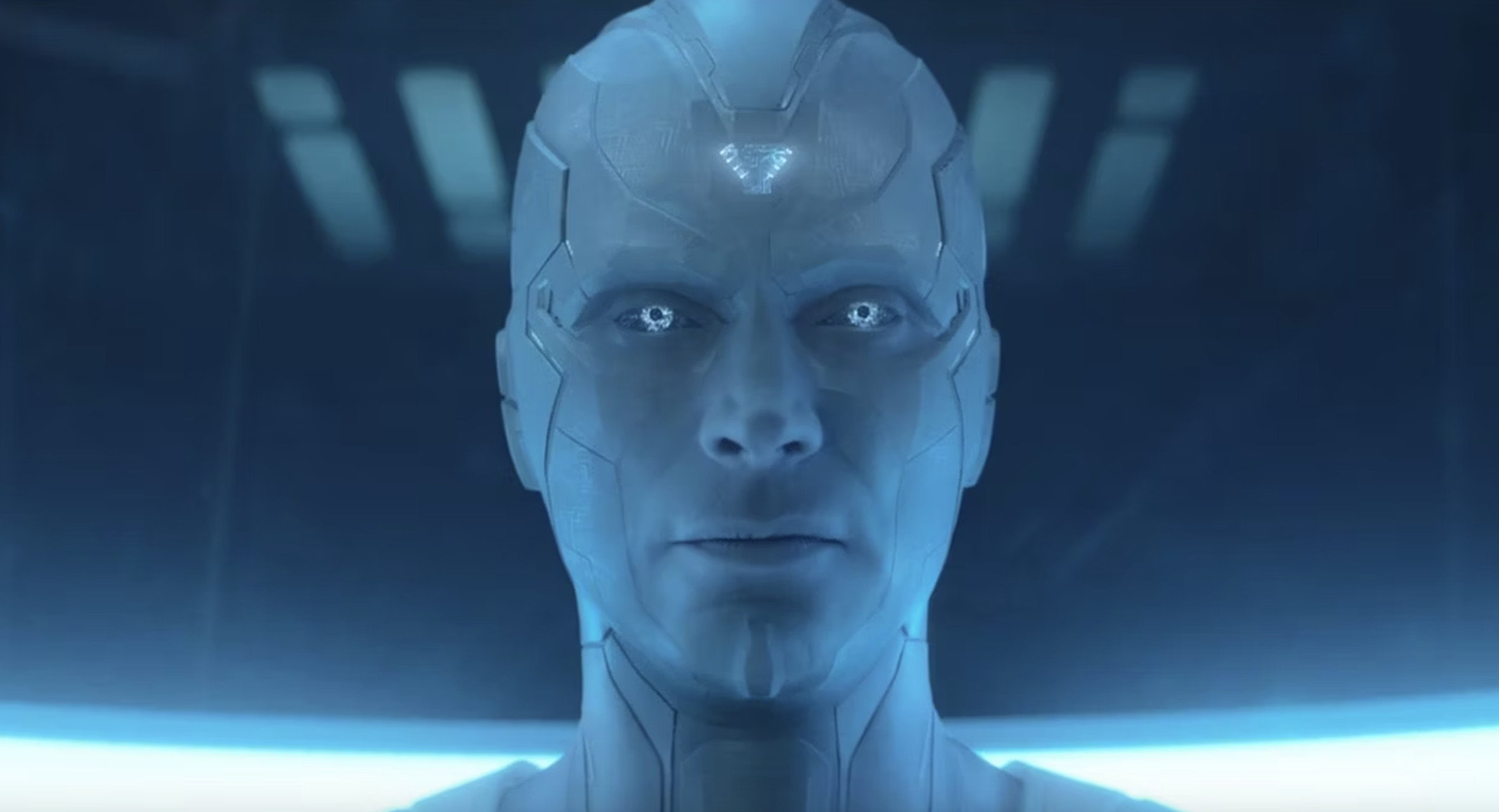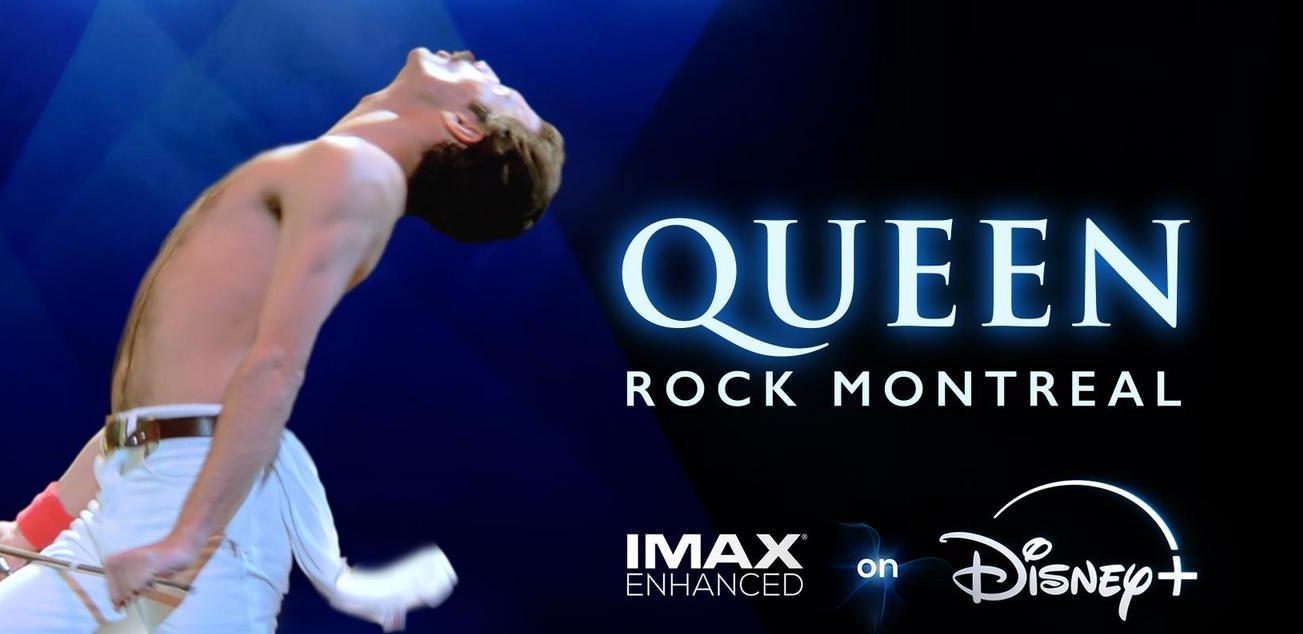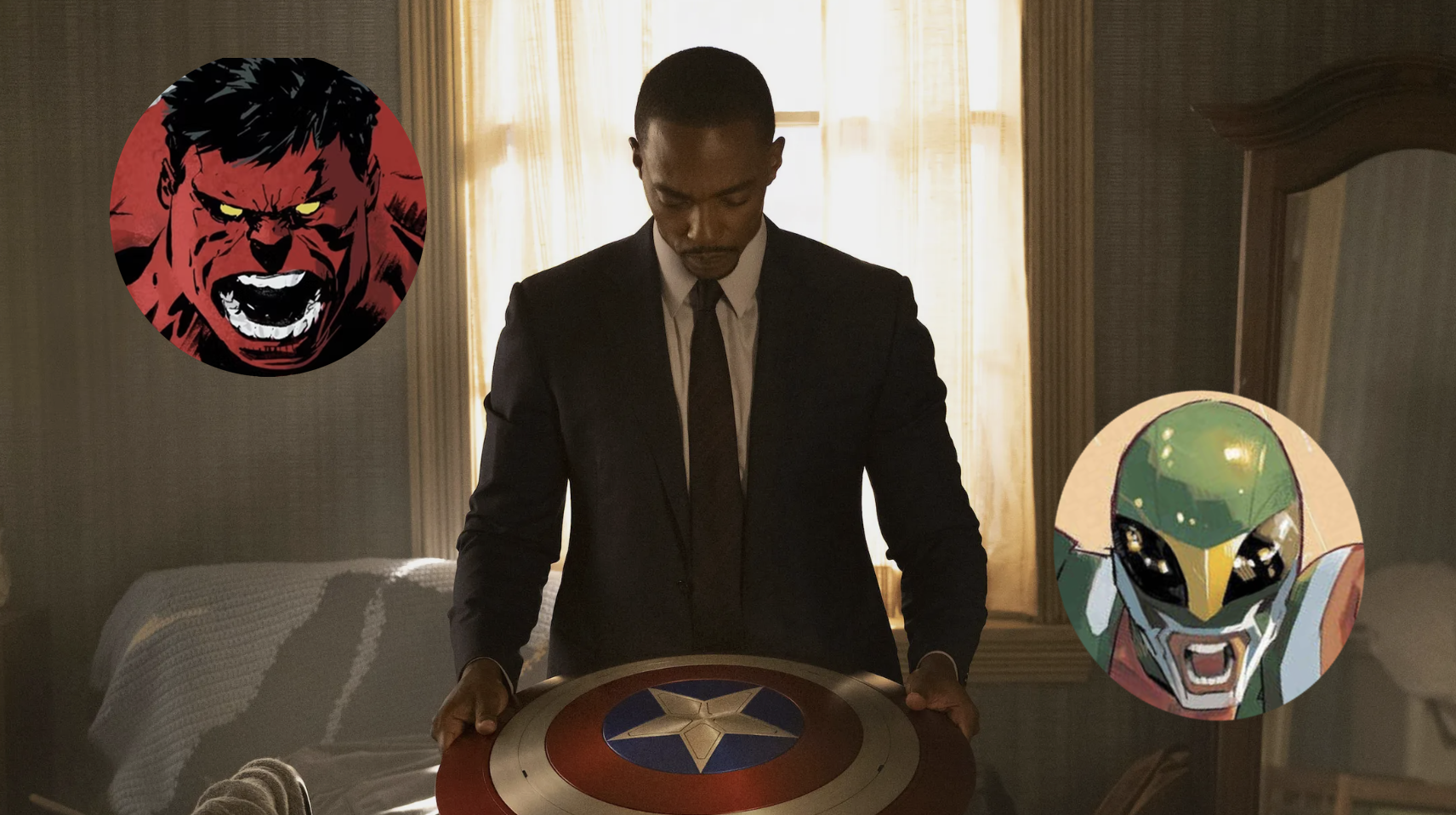Every once in a while, there’ll be a year where two movies come out with similar premises. Classic examples include the year 1998 when Armageddon and Deep Impact came out. Or the year before with Volcano and Dante’s Peak. This year was an interesting one as well where we got two different versions of the classic story Pinocchio. The first was a remake of the 1940 Disney animated film by Robert Zemeckis and the second was a new adaption of the story by Guillermo del Toro. (We’re not even going to talk about the Pauly Shore one from this year – and yes that is real thing).
READ: RUMOR – Lilo & Stitch Casts Disney Alum In Key Role
Pinocchio is a classic story everyone knows and most people myself included have the Disney version to thank for that. It may be my favorite of their films certainly my favorite from the classic era of the studio. I wrote a previous article discussing the live action remakes of Disney films and the hit or miss nature of their quality. But being a fan of the original Pinocchio I went in a little hopeful Zemeckis has made great films in his career from Back to the Future to Forrest Gump and Cast Away. He was also re-teaming with Tom Hanks and the design of Pinocchio was near identical to the original.
However, while I didn’t despise the movie like some people did. I can’t deny that it was a disappointment it felt like Zemeckis was kind of on autopilot for most of the film. There were some nice visuals, but the film just didn’t have much of a heart. Contrast that with del Toro’s version which just recently came out on Netflix and it’s honestly night and day. It’s clear that del Toro was extremely passionate about this story and put it in a tremendous amount of effort to make a film that not only looked beautiful but was also very emotional for people of all ages.
I wanted to take the time to compare the two films because while they are different in many ways they also have things in common that show why one was able to pull off the emotional aspects of the story so well but the other couldn’t.
Geppetto’s Son

Both the Zemeckis film and Del Toro’s film begin with showing that Geppetto had a son who died. Something not featured in the original story or the 1940 film. This is a change that makes sense because it provides a motivation behind the initial creation of Pinocchio now making him a way for Geppetto to cope with his loss. However, the two films going in a very different direction with this change. In Del Toro’s version we spend the first few minutes of the film with flashbacks featuring him and his son Carlo (possibly named after Carlo Collodi the original author of Pinocchio) leading up to Carlo’s death as a result of an aerial bomb during World War I. We then see Geppetto spiraling into a deep depression and later building Pinocchio after reaching an emotional breaking point.
Now I’m not saying Disney had to go as dark as that, they’re still Disney. But the point is that Del Toro’s film let us get to know about Geppetto and his relationship with his son in a fairly short amount of time. The memory of Carlo is always present where’s in Zemeckis film I don’t think we we’re ever even told what the son’s name was or how he died. In fact, after the opening scene where he sings an admittedly sweet song about him, I don’t think the son was even mentioned again after that. If he was it was so brief, I’ve completely forgotten about it. It’s so little that honestly you could’ve taken that change out and it wouldn’t affect the film at all. It was a missed opportunity.
Pinocchio’s Behavior

The main part of Pinocchio’s story is that he has to learn how to be a good boy in order to become real. In the original book Pinocchio was actually really mischievous and disrespectful at first. In the original Disney film, he was changed to being more naive than anything and just trusting the wrong people that said he still had a character arc. He still goes to Pleasure Island where he ignores Jiminy Cricket and drinks beer and smokes cigars. In the remake the kids are drinking ROOT beer (that make a point of telling you that) they don’t smoke, and Pinocchio is clearly more uncomfortable in the environment than he was in the original. Honestly, he was a pretty good kid all around except for again just being a little naive but he didn’t have to learn all that much in terms of life lessons.
In the Del Toro film Pinocchio still isn’t as mean as he may have been in the book. But he’s very energetic he doesn’t understand right from wrong, and he makes bad decisions and even argues with his father at one point. This Pinocchio did have to go through some growth as a character something that felt very lacking in Zemeckis film.
The Father and Son Relationship

At it’s core Pinocchio has always been a story about a father and son. One of the problems with the Zemeckis film and many Disney remakes as a whole is that by being an almost shot for shot remake things that may have worked in a animated film in the 40s may not work as well in a feature length film now. The 1940 Pinocchio isn’t too long and as a result we actually don’t get a lot of time with Geppetto and Pinocchio before he goes off on his adventures. But even with the limited time we do get that movie still sells the bond and love between the two.
In Zemeckis’s remake not only do we still not spend much time with them together but this time the film is a little bit longer. So, we have a longer gap between then and when they reunite at the end. They could’ve maybe worked around that had they sold the bond early like the original did, but they really didn’t so you don’t really feel much when they get back together.
In Del Toro’s we spend time with Geppetto and Pinocchio and actually form a conflict between the two. Geppetto previous son was very well behaved where’s Pinocchio was not which leads to him becoming frustrated with Pinocchio and at one point calling him a “burden”. This is what ultimately inspires Pinocchio to leave to the circus not wanting to upset his father anymore. We see the pain and guilt Geppetto feels from this and then really start to root for them to get back together and make up and become a family again. Which also leads to my last comparison.
The Ending

As I said earlier everyone knows the story of Pinocchio. A wooden boy is brought to life and after proving himself to be good gets to become a real flesh and blood boy. Every adaptation no matter what changes they may make usually ends this way. But what’s really interesting about these two films is that both Zemeckis and Del Toro chose to go in different directions with this ending.
Zemeckis film plays almost the same as the original with a few small changes. But where things really get different is the end. Instead of Pinocchio seemingly dying after escaping from the giant sea monster and being brought back to finally become a real boy. Now Geppetto initially seems to die before being brought back to life and the movie ends with him and Pinocchio walking off with a voiceover from Jiminy saying that although stories have said that Pinocchio became a real boy, and he appears to be changing as he and Geppetto walk it doesn’t matter because Pinocchio is real in his heart so we don’t actually get a confirmation on whether Pinocchio changed or not. It’s a very odd way of ending the movie.
In Del Toro’s film it shown throughout that Pinocchio is basically immortal he can die but he just comes back after a while. Towards the end in order to save Geppetto Pinocchio gives up his immortality to rescue his father, he becomes “a real boy” and dies in the process. The Blue Fairy explains that real boys don’t come back to life but despite that Geppetto and Cricket still beg her to bring Pinocchio back. So, she does and returns him to his immortal form in the process. So, while the family is reunited, because he can no longer die Pinocchio then outlives all his loved ones and the movie ends with him setting off to a new adventure.
It’s a very bittersweet ending but it works because it fits with what the whole movie was building up to. Both Zemeckis and Del Toro’s films end with the message that Pinocchio didn’t need to physically become a real boy to earn his father’s love or be seen as a human he always was a real boy. But the problem is that again because Zemeckis mostly acts as a straight remake of the original that message comes out of nowhere. At no point in that film do you get the impression that it’s leading up to a more ambiguous ending it just doesn’t fit.
READ: Disney’s Live-Action ‘Hercules’ Will Be ‘More Experimental’ and Inspired by TikTok
With Del Toro’s film however that’s clearly the main theme of the movie. That you shouldn’t have to change who you are to earn approval from others. Yes, Pinocchio still had to learn to be more responsible and caring. But he didn’t have to be like Carlo he didn’t have to be anyone else other than himself. “I will be Pinocchio and you will be my papa will that do?” he says to Geppetto “That will do” Geppetto says back. Yes, it’s sad that Pinocchio outlives his family, but they were a family who loved and accepted him for who he was and that’s what mattered in the end.
In the end I don’t mean to completely dunk on Robert Zemeckis film especially since everyone else online has already. There’re still parts of it I enjoy particularly Joseph Gordon Levitt as Jiminy Cricket and Keegan Michael Key as Honest John. But it really felt like a movie Zemeckis wasn’t that passionate about where’s with Del Toro’s you can see the love he has for this story from the start, and you can tell he had a clear vision for his version to make it stand out from the rest. Even though his wasn’t a remake of the Disney version he channels the same energy as someone like Walt Disney. A person who believed in telling a great story through animation for audiences of all ages.







Leave a Reply